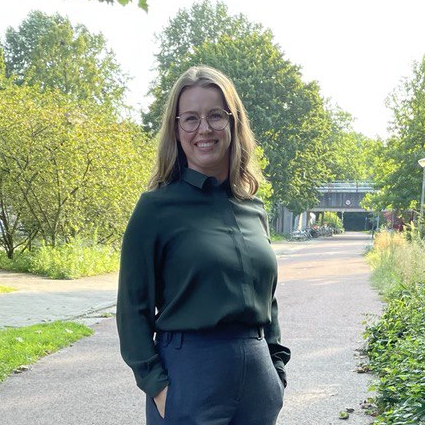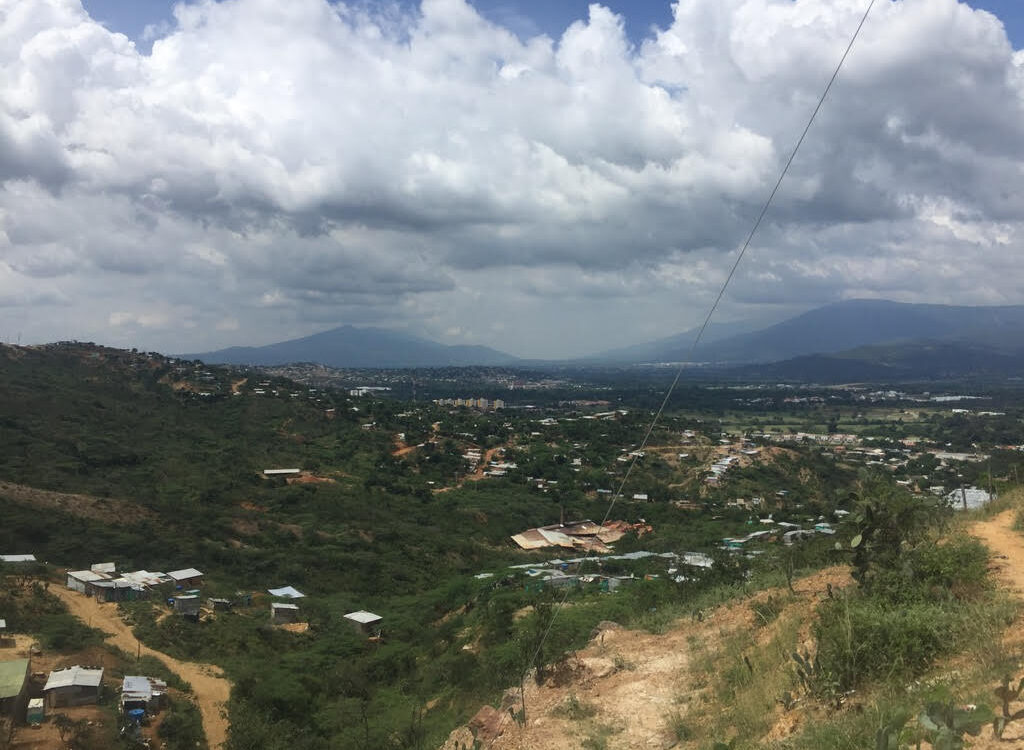
Kerry-Luise Prior
“If those most heavily affected by armed conflict do not feel like justice measures address a) the root causes of conflict and b) their conflict-related justice needs, then peace will only be on paper.”
According to the report of the Colombian Truth Commission 450,664 people were killed between 1985 and 2018 due to the Colombian armed conflict. Furthermore, 50,770 people were kidnapped between 1990 and 2018, 121,768 people were forcefully disappeared between 1985 and 2016 and over 752,964 have been displaced. What then, in this context of such widespread and systematic violence, does justice mean to those directly affected by conflict? And why is such a localised understanding of this concept important? I argue that the ambition of sustainable peace requires us to focus on justice just like we do on peace, and to deepen local understandings of justice to understand the justice needs within a specific context. This blog post shares first findings from my field research conducted throughout 2022 around the notion and intersection of peace and justice in Norte de Santander, Colombia, which is one of the most affected regions in terms of violence within Colombia. The region’s geography lends itself to violence due to the proximity of the border and the dense Catatumbo forest, which allows armed groups to move freely.
Peace Versus Justice
The debate on the trade-offs between peace versus justice is a source of tension within the realm of peacebuilding. It concerns different understandings of the possibility of not only achieving peace but sustaining peace. Historically, it has been difficult to implement both peace and justice in post-conflict situations. The practice has been to prioritise one over the other and thus it was oftentimes agreed that peace was more important than justice. The pro-peace position rationalises disarming perpetrators in the interests of achieving peace, while the pro-justice position argues that sustainable peace requires accountability to address past harms and ensure their non-recurrence. However, peace and justice are no longer considered mutually exclusive but rather complementary, meaning that peace is not possible without justice and vice versa.
Colombia’s history of peace agreements evidences the peace versus justice debate in action, and its evolution over time. Throughout the 1980s and 1990s the multiple peace agreements between the guerrilla groups and the Colombian government solely focused on the need for peace while neglecting the need for justice. They mostly contained provisions on handing over weapons and offered financial support for combatants’ re-integration into society. The needs of victims were completely neglected, as evidenced in the immunity given to guerilla groups and the absence of accountability. Only in the early 2000s did the peace agreement with the United Self-Defense Forces of Colombia (hereafter AUC – Autodefensas Unidas de Colombia) incorporate measures of transitional justice. It set up institutions for truth, justice and reparations and allowed for the prosecution of war crimes and crimes against humanity. While it did flag the importance of memory and memorials, it eventually provided for de facto impunity thus leaving many without access to truth or accountability for the crimes the AUC committed. The 2016 peace agreement signed between the Colombian Government and the Revolutionary Armed Forces of Colombia – People’s Army (hereafter FARC-EP – Fuerzas Armadas Revolucionarias de Colombia – Ejército del Pueblo) shifted the focus to justice and presented a second generation of transitional justice in Colombia. It has been described as providing an ”inspiring vision of a sustainable peace that would address its (the war’s) root causes” aimed at foreclosing the possibility of a return to armed conflict. This peace agreement has been able to serve as a stepping-stone for peacebuilding by incorporating the accountability and reconciliation needs of different victim groups, as well as those of perpetrators.

Localising Justice
I argue that justice measures need to be not only present but also locally informed for peace agreements to contribute to achieving sustainable peace. If those most heavily affected by armed conflict do not feel like justice measures address a) the root causes of conflict and b) their conflict-related justice needs, then peace will only be on paper.
In 2022 I spent 5 months in Norte de Santander conducting interviews with people implicated and affected by the transitional justice mechanisms created by the 2016 peace agreement. We spoke about their ideas and understandings of justice in the region and more broadly within the context of the armed conflict.
Invisible Injustices
For the conflict-affected people of Norte de Santander, injustices remain forgotten in two significant ways. Firstly, I showcase that invisible and abandoned injustices contributed to the outbreak of the armed conflict initially and second, that the accountability institutions established in the 2016 peace agreement excludes regional realities, and renders regional injustices invisible in the current framework of peace.
Henry Staples argues that “consecutive administrations had neglected peripheral regions“ which is similar to what former FARC-EP combatants emphasised in my interviews. They stressed that the Government had forgotten about the region which is why they had to fight for social justice themselves. When negotiations started on the 2016 peace agreement, victims and perpetrators requested that the agreement address the historical injustices that led to the conflict, such as access to land, healthcare and education. While the agreement took steps to address those injustices, these measures, designed and implemented in the country’s capital, do not accommodate the regional realities that rural society faces on an everyday basis. Victims, like perpetrators, argue that those in charge of implementing the peace agreement do not understand local realities. Oftentimes, they commented on the lack of access to the different transitional justice institutions in the region. Three transitional justice institutions were established through the 2016 agreement: the Special Jurisdiction for Peace; the Truth Commission; and the National Search Commission for the Disappeared. These institutions’ support often does not find its way to rural areas and those most affected in the region. For example, ongoing security risks prevent the National Search Commission from accessing several parts of Norte de Santander and it can thus not conduct its work there. Additionally, time constraints meant that the Truth Commission had to limit its work in Norte de Santander, to addressing three emblematic cases (the false positive case, the involvement of the AUC in the border region and an attack of the FARC-EP in Catatumbo). This of course has left many other victims of crimes committed in the region without the same access to truth and accountability. The Special Jurisdiction for Peace has often been described by victims as too judicial and difficult to understand, while many perpetrators have commented on the lack of security provisions available for themselves, meaning that they are too scared to testify. This leaves many feeling abandoned by the work of these institutions. Thus, while the injustices of war were particularly acute in rural areas, the urban concentration of justice measures today are failing to accommodate this regional distribution of violence.
Conclusion
How then can sustainable peace be achieved if the local justice needs that drove war and persist today remain partially neglected? I argue that this ambition requires upcoming peace agreements with remaining armed groups to tailor their justice mechanisms in line with the local justice needs of those most directly involved in and affected by war. Without localising justice, the persistence of invisible and abandoned injustices among conflict-affected communities not only marginalises key stakeholders of peace – the victims and participants of armed conflict itself – but also risks undermining the sustainability of peace.

